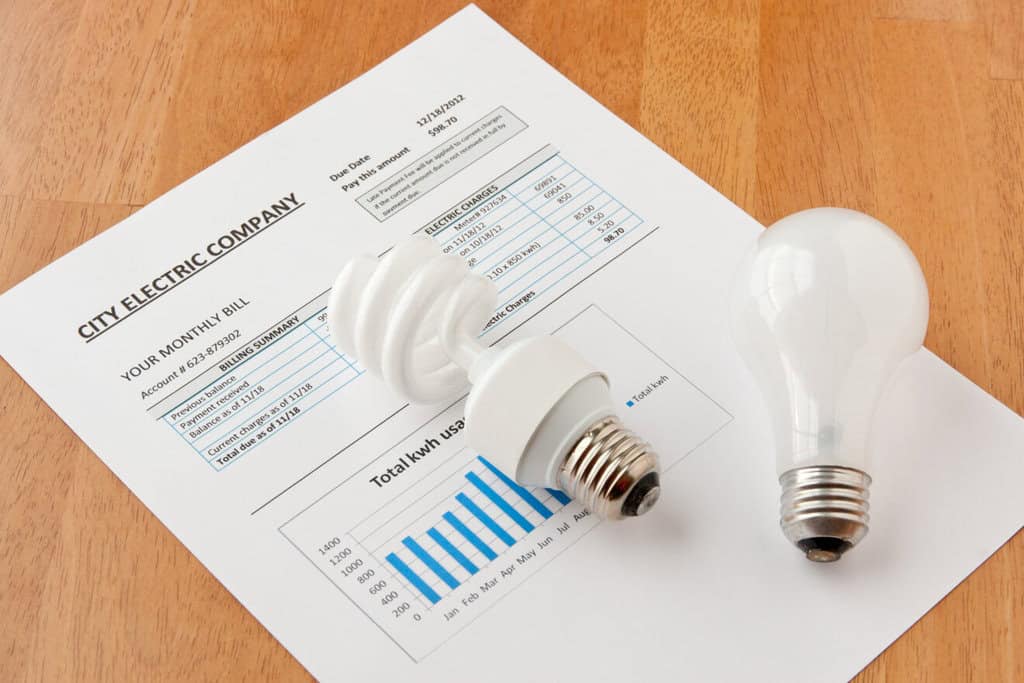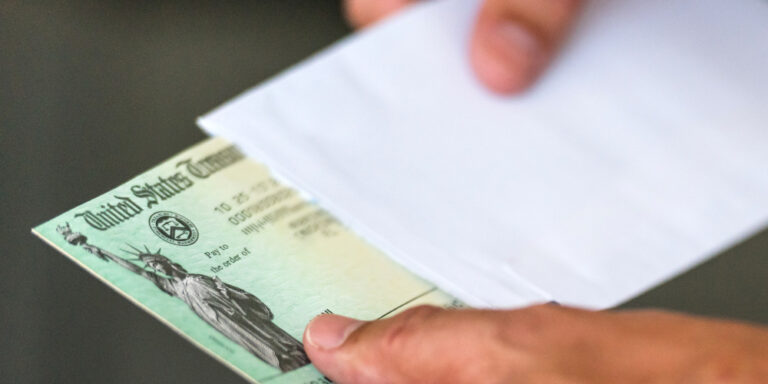8 Ways to Lower Your Monthly Electric Bill
Winter months often have extreme low temperatures which can result in extremely high electric bills. Bundling up to stay warm around the house is one way to save money by not cranking up the heater (hello, fluffy socks) but it isn’t a long-term solution. One shouldn’t have to choose between a low utility bill or staying warm in their home, but often many do make a choice between the two.
If you venture out to other people’s homes, it’s always interesting to see what they have their thermostat set at. It seems that the average thermostat setting in homes during the winter varies between 68-72 degrees, based on preference or who might happen to be home at the time. Children have a tendency to push that temp higher when no one is looking, so pay attention if you notice a sudden warmth in your home that wasn’t there before.
While it may seem impossible, there are ways to save money on your monthly electric bill. Try a few of the following tips to see if you notice a decrease in the amount of your bill next month.
- Lower the thermostat temperature by one degree each week. By doing this weekly, it won’t be a sudden shock to you and your family members with the temperature change. This can result in savings of 1% off the cost of your bill, just by lowering it that one degree.
- Change the temperature on the thermostat for when no one is home. Don’t pay for a warm house when no one is there. Again, lower it a few degrees each and every day when their aren’t bodies in the house and see what an impact it may make on your bill.
- Make a habit of turning off lights when leaving a room. Each household in America is probably guilty at one point in time of having lights on when there is no one physically in that room. Make a rule in your house that if you leave the room, you flip the switch. The more you say it, the more it’s heard and soon the reminding will be able to be stopped because it has become a habit for every person in your home.
- Try washing your clothes in cold water more often. It takes a lot of energy for your hot water heater to constantly produce that hot water to clean clothes. If you have a load that will survive and can be cleaned in cold water, make that switch here and there. Give that water heater a rest and put some ease on your utility bill, too.
- Lower the temperature on your hot water heater. This will help it to stop running as often, but will also save you money on your water bill by having shorter showers. No one wants to shower in cold water.
- Make certain your air filter is clean. If your air filter is dirty, your HVAC system will have to work harder than normal causing it to use more energy. Switch out the filter as recommended by your unit to ensure it runs the most efficient way possible.
- Don’t heat up the oven unless you have to. Plan a few meals per week that are “oven-free”. Pre-heating and heating up the oven takes quite a bit of time, and depending on what you are cooking, can use energy for long periods. If you have a meal that can be cooked another way or method, explore that option and test it out. Instant Pots and Crock Pots are great alternatives!
- Wash dishes by hand rather than using the dishwasher. Running a cycle in the dishwasher uses hot water and energy that can cause a spike in your monthly electric bill. By washing dishes by hand, you have the ability to clean those items in less time by using less water than a dishwasher would.
Depending on the season, ways to save monthly on your electric bill can vary. The bottom line is that one must be aware of the amount of electricity that they are using to be able to think of ways to trim that use. Monitor your usage for a week, then reflect. If you see areas that you are “over-indulging”, find ways to cut those areas down. You should be able to notice an immediate difference in the bill each month if you are able to lower electricity usage throughout your home!
Tools to help you save:











